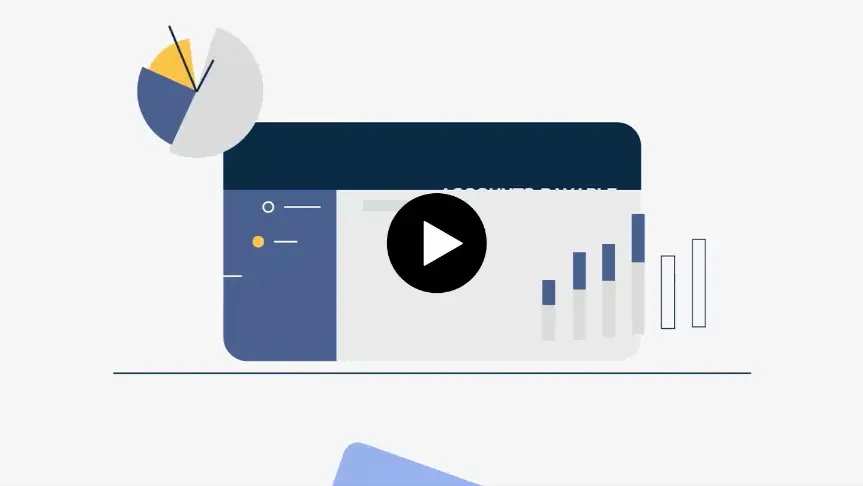ACCOUNTS PAYABLE AUTOMATION
Move from manual to modern efficiency with AP automation
Tipalti uses automation to make your AP workflow seamless and simple. Say goodbye to wasted time managing invoices and payments, or hiring outside help to support your AP needs.
Get a personalised demo
Let one of our AP automation specialists show you how Tipalti can streamline your accounts payable workflows.
Trusted by over 4,000 customers globally
Technology
World-class
performance, reliability, and security
The Tipalti platform is powered by a multi-entity cloud infrastructure and built for mass scale. Put simply, it was developed to future-proof your accounts payable and supplier payments operations as your company grows.
Tipalti AI
Artificial intelligence and machine learning power make your payables smarter.
Tipalti Detect ®
Proactively prevent fraud with detailed payee monitoring.
Multi-Entity
Manage unique payables workflow and centralise payables for subsidiaries and entities within a single instance.
ERP Integrations
Automate your accounts payable without changing your existing ERP system.
See how automating payables can
create a new era of team productivity.
Tipalti Integrates With Your ERP and more

Kevin Crowley | Accounting Manager, Therabody
“I can’t imagine what our AP process would look like without Tipalti. We don’t want our team to enter data—we want them to analyze data.”




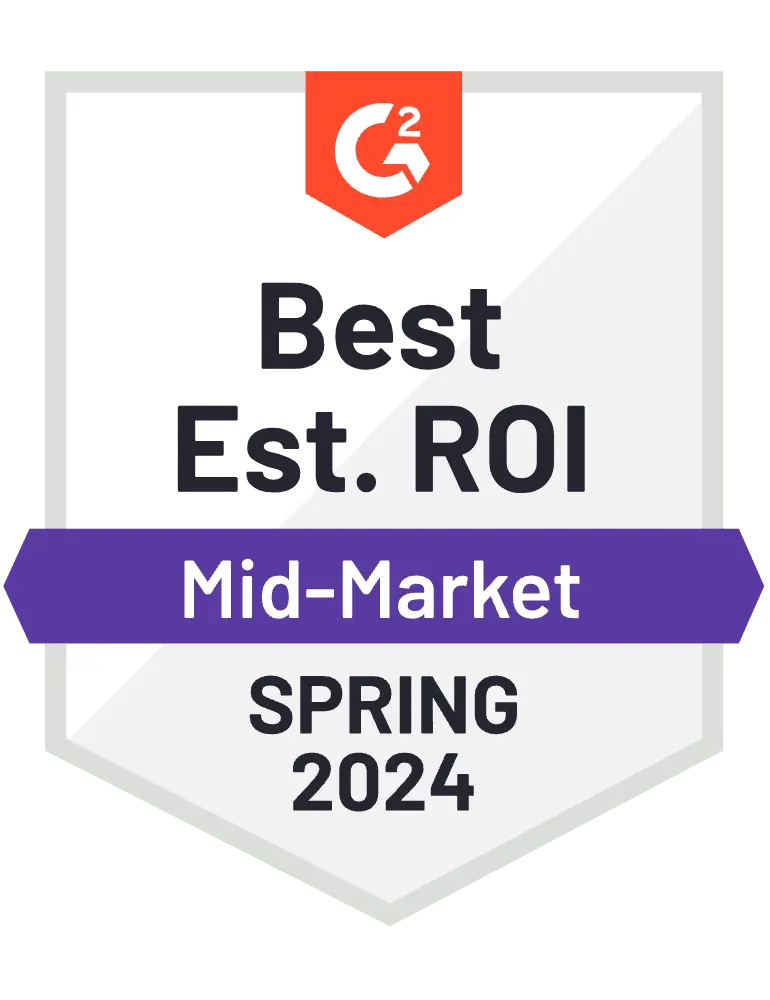




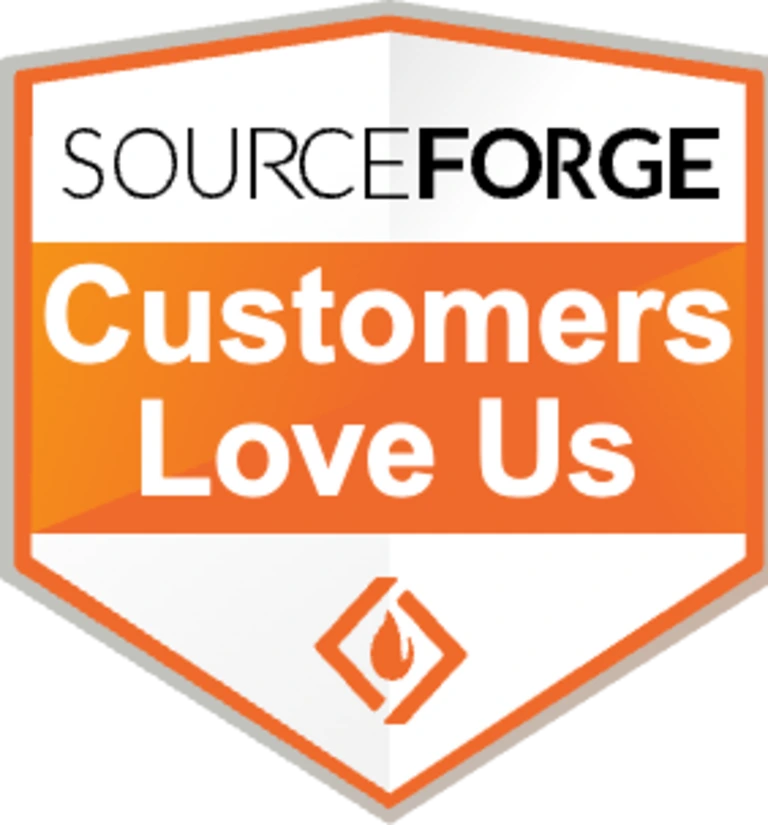
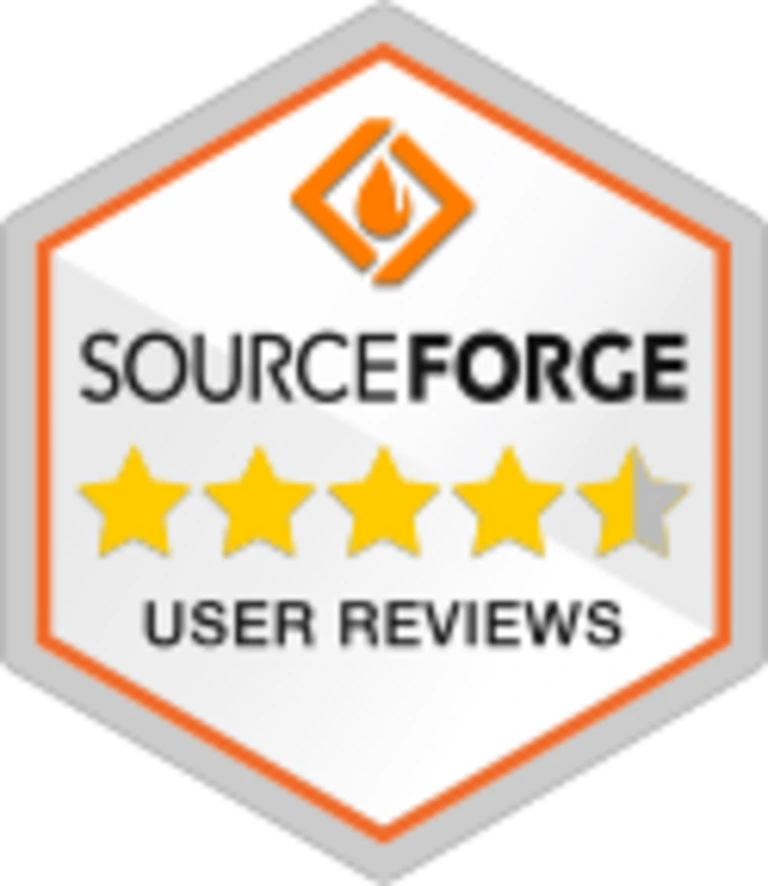
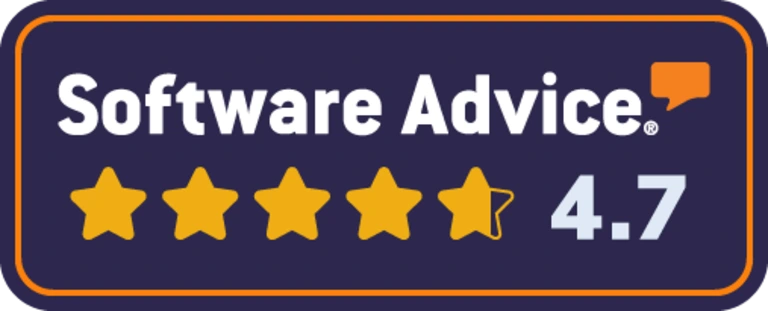

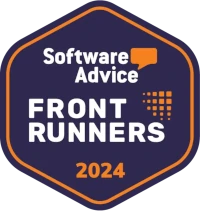



98%
customer satisfaction
5M+
suppliers
€47B+
annual remittance
4,000+
customers
40%
year-over-year growth
99%
customer retention
See How We Stack Up Against Our Competitors
 | 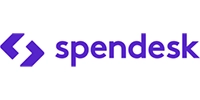 |  | 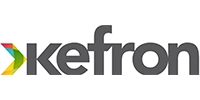 | 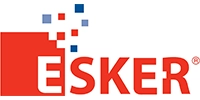 | |
|---|---|---|---|---|---|
| *Limited functionality | |||||
| Automated invoicing | |||||
| OCR invoice scanning | |||||
| Automated 2-way & 3-way PO matching | |||||
| One model for all payment operations | |||||
| Works with any ERP you use | |||||
| 26,000+ payment validation rules | |||||
| Automated FX conversions, Multi-FX, FX Hedging | |||||
| 50+ payment methods in 196 countries & 120 currencies | |||||
| 24/7 self-service supplier portal | |||||
| Payment status verifications | |||||
| Automatically collect & validate tax forms | |||||
| KPMG approved, 3,000+ tax validation rules | |||||
RESOURCES
Top accounts payable
automation resources
See how automation can transform your business with these industry-leading tools and resources.
Invoice process savings calculator
The IPS calculator helps you understand “cost per invoice” in terms of invoice processing and payment.
Signs you are ready for AP transformation
Learn how demand, financial controls, and supplier management play into the need for AP automation.
Demystify the invoice approval process
Accounts payable approvals have never been clearer.
Payment error cost calculator
Understand the real costs behind resolving invoice errors.
Helping businesses grow at scale
See how payment automation is helping businesses scale their AP process.
Explore the purchase order workflow
See how Tipalti makes the PO process beyond simple and efficient.
Insights from our experts
Keep your payables knowledge sharp with frequently updated insights and strategies.
Accounts Payable Software FAQs

Let’s get more productive
Book a demo today and see how Tipalti can help you automate your accounts payables.


